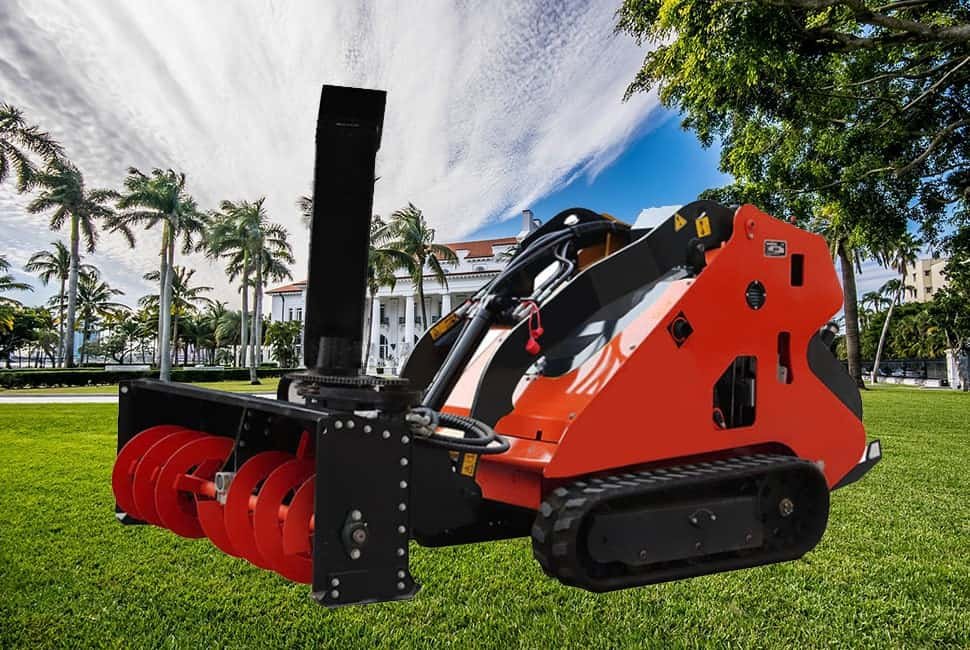Tracked Excavators In Demolition Projects | Best Guide 2025
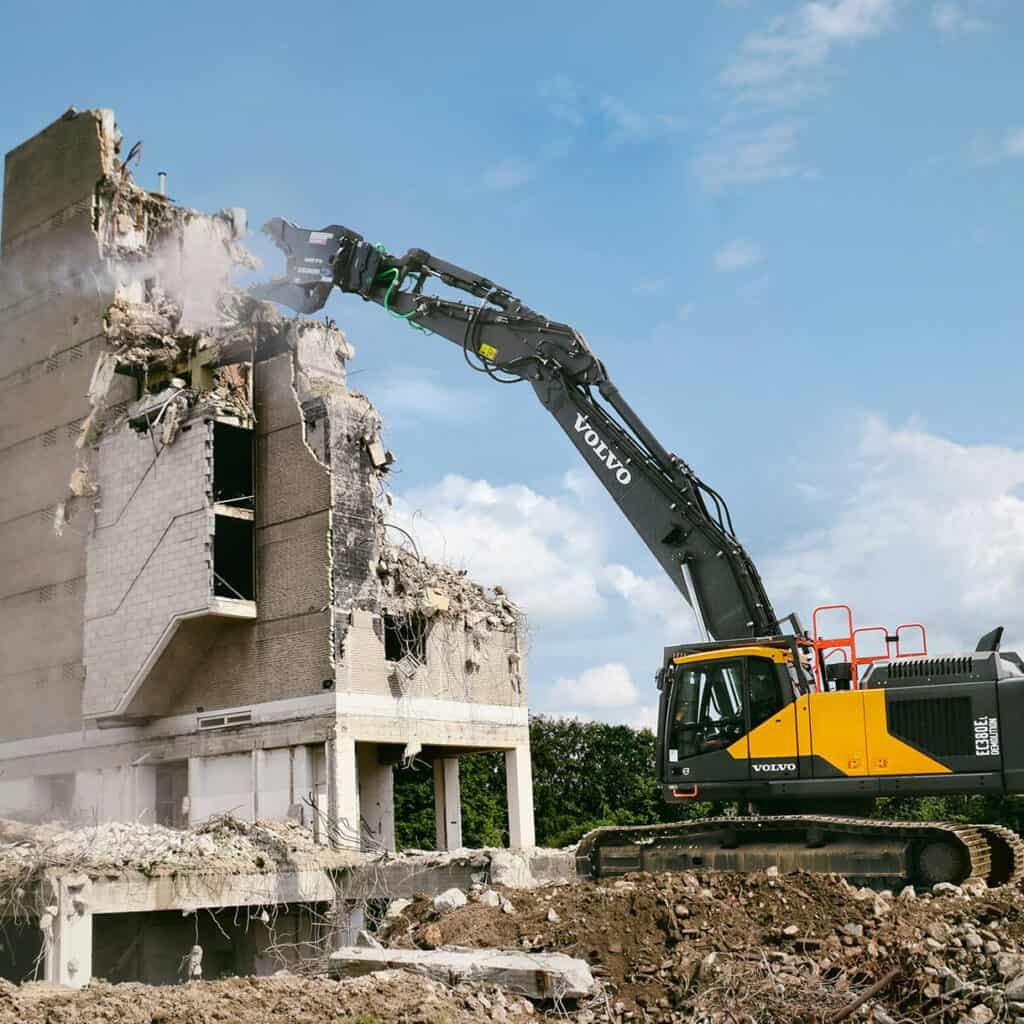
Introduction Are you interested in learning about the powerful machines used in demolition projects? Tracked excavators are one of the most essential and versatile tools in the demolition industry, providing stability, mobility, and power for various tasks. In this blog post, we’ll examine how tracked excavators are used in demolition projects and the many benefits […]
Best 10 Applications Of Chinese Wheeled Excavators
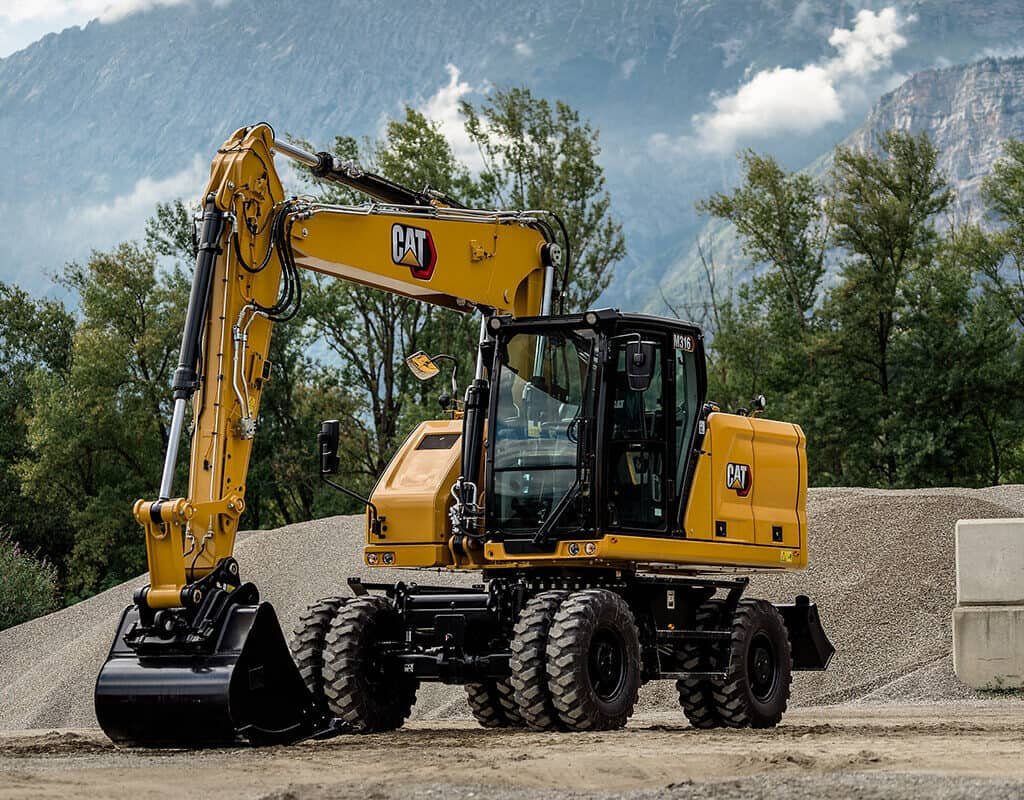
Introduction You’re probably familiar with these versatile machines if you’re in the construction, landscaping, agriculture, or mining industry. But did you know they can be used for much more than digging and moving dirt? This post will explore how Chinese wheeled excavators can be used, from road building and forestry to snow removal and emergency […]
Best 10 Applications Of Crawler Excavators
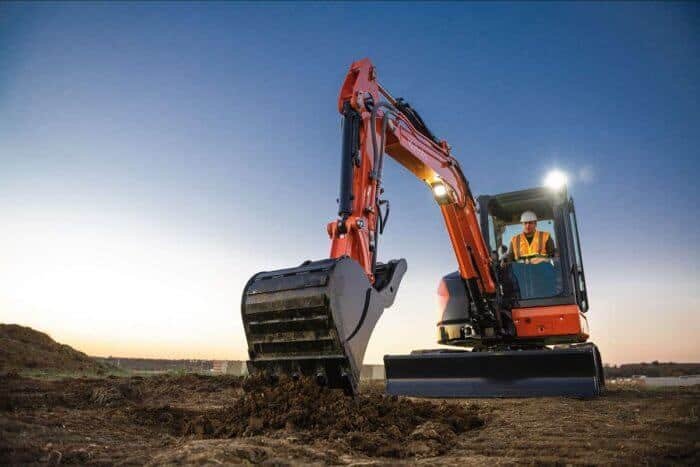
Introduction If you’re in the construction, mining, or landscaping industry, chances are you’re familiar with crawler excavators. These powerful machines are essential for various tasks, from digging and excavation to demolition and material handling. But did you know that crawler excavators can also be used for snow removal, forestry work, and agriculture? In this article, […]
Understanding The Parts Of A Crawler Excavator | Best Guide
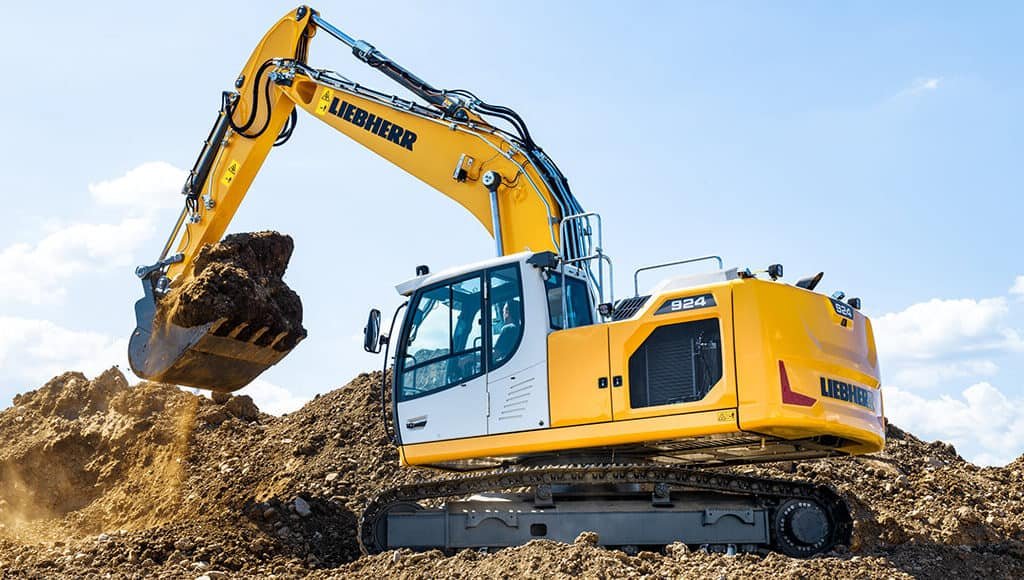
Introduction Are you interested in learning about the parts of a crawler excavator? If so, you’ve come to the right place. In this post, we’ll discuss the different parts of a crawler excavator, including its anatomy and function. Crawler excavators are commonly used in the construction and mining industries. They are versatile machines capable of […]
Skid Loader Vs. Backhoe Loader | Absolute Differences To Know In 2025

Introduction Are you in the market for a new loader but unsure whether to go with a backhoe or a skid loader? Both are popular choices for construction, landscaping, and agricultural work, but they differ in design, capabilities, and applications. In this blog post, we’ll explore the differences between backhoe loaders and skid steer loaders […]
The Best Advantages Of Crawler Excavators Over Other Types
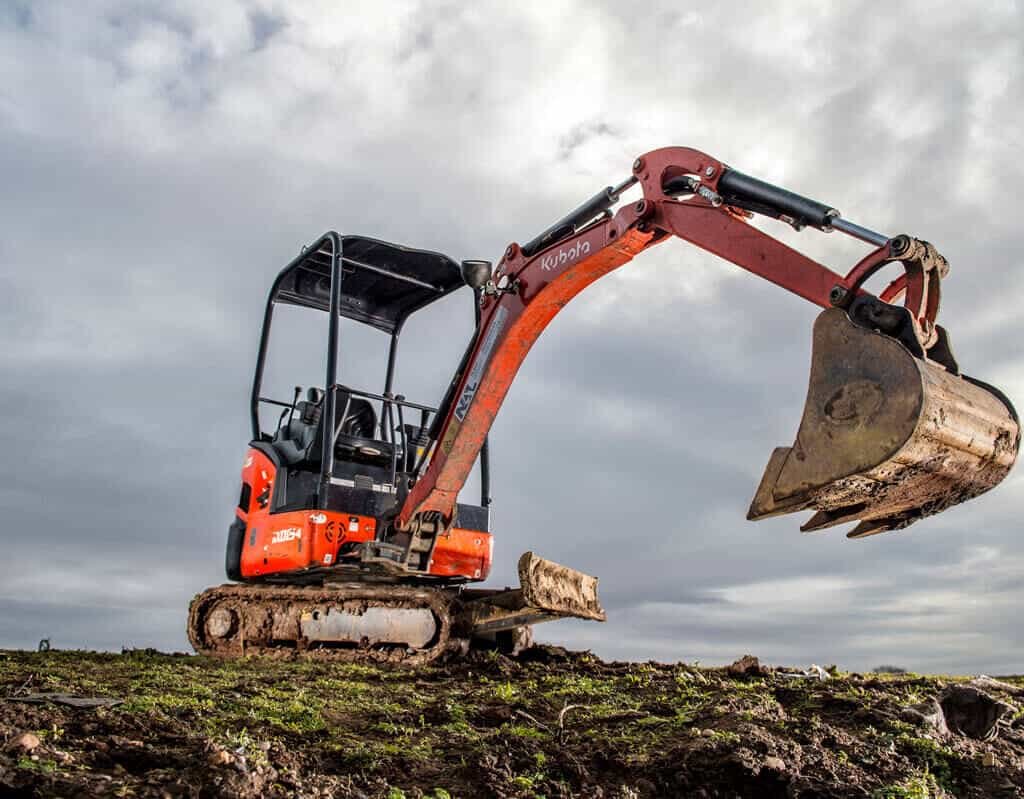
Introduction Are you curious about the benefits of using crawler excavators over other excavators? Look no further! In this blog post, we’ll discuss the advantages of crawler excavators and how they outperform different excavators in various applications. First, we’ll introduce you to crawler excavators and give you a brief overview of the advantages of crawler […]
Why Are Telescopic Wheel Loaders Gaining Popularity Across the Globe?

Introduction Construction sites often need heavy machinery with buckets to load or move equipment and supplies. Wheel loaders are commonly used in building and construction projects. The term “loader” refers to any heavy equipment in the construction industry that is used to load or move materials. Examples of materials that need loading include soil, garbage, […]


